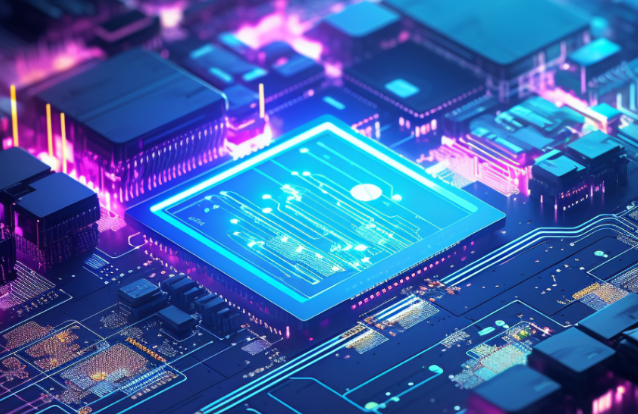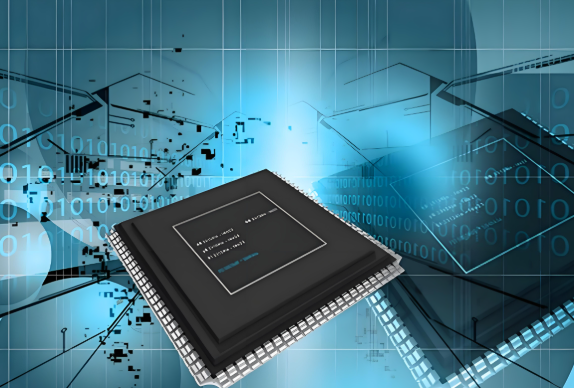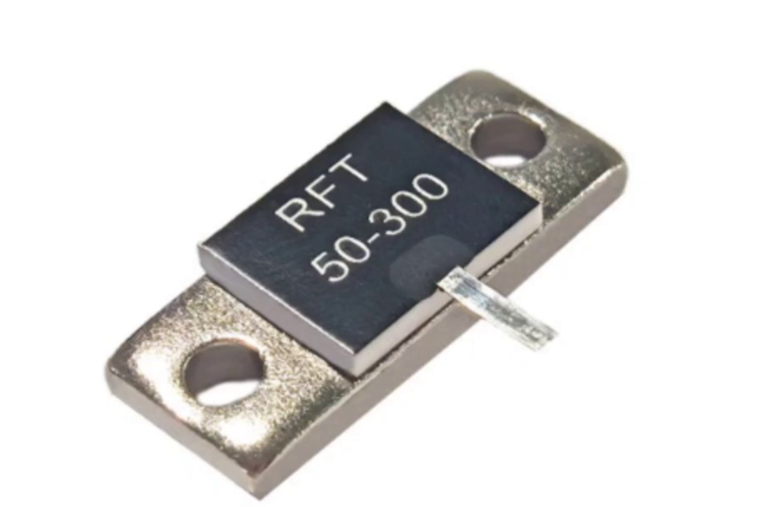Electronic Components and Technology: Powering the Modern World
Introduction
In the intricate tapestry of modern technology, electronic components are the fundamental threads that weave together the fabric of our digital existence. From the smartphone in your pocket to the sophisticated systems controlling satellites in orbit, every piece of modern electronics is a symphony of meticulously arranged components. The field of Electronic Components and Technology is not just an academic discipline; it is the driving engine behind innovation, shaping industries and redefining human capabilities. As we stand on the brink of the Fourth Industrial Revolution, characterized by the fusion of the physical, digital, and biological worlds, the evolution of these components becomes more critical than ever. This article delves into the core of this dynamic field, exploring its foundational elements, the revolutionary trends shaping its future, and its profound impact across global industries. For professionals and enthusiasts seeking to navigate this complex landscape, platforms like ICGOODFIND serve as invaluable gateways, connecting the global supply chain and providing critical market intelligence. Understanding this ecosystem is paramount for anyone looking to contribute to or benefit from the next wave of technological advancement.

The Foundational Pillars of Electronic Components
At its heart, electronics is built upon a hierarchy of components, each with a specific function that collectively enables complex operations. These can be broadly categorized into passive and active components, with semiconductors forming the bedrock of modern computation.
Passive components are the unsung heroes of any circuit. They do not require electrical power to operate and cannot introduce energy into the circuit. Instead, they control, filter, or store electrical energy. The most common examples include: * Resistors: These components oppose the flow of electric current, precisely controlling voltage and current levels within a circuit. Their value is critical for biasing active components like transistors and for setting timing constants in combination with capacitors. * Capacitors: Acting as tiny rechargeable batteries, capacitors store and release electrical energy. They are essential for filtering noise from power supplies, stabilizing voltage, and enabling timing functions in oscillator circuits. Advances in materials science have led to the development of supercapacitors with immense storage capacities. * Inductors: Typically coils of wire, inductors store energy in a magnetic field when current passes through them. They are fundamental in power supplies for filtering and in communication circuits for tuning frequencies.
In contrast, active components can control electron flow and are capable of amplifying signals, making them the decision-makers of the electronic world. * Diodes: These are the one-way streets for electricity. They allow current to flow in only one direction, making them crucial for converting Alternating Current (AC) to Direct Current (DC) in power supplies and for protecting circuits from reverse voltage. * Transistors: Arguably the most important invention of the 20th century, transistors act as electrically controlled switches or amplifiers. Billions of them can be fabricated on a single silicon chip, forming the basis of modern microprocessors and memory chips. The relentless miniaturization of transistors, famously described by Moore’s Law, has been the primary driver of computational progress for decades.
The true power of these components is realized through Integrated Circuits (ICs). An IC, or microchip, is a complete electronic circuit fabricated on a single piece of semiconductor material, typically silicon. This miniaturization allows for incredible complexity, speed, and efficiency. ICs can contain millions or even billions of transistors, configured as microprocessors (the “brains” of a computer), memory chips (for data storage), or application-specific integrated circuits (ASICs) designed for a single purpose.
The manufacturing of these components involves some of the most advanced and precise engineering processes on Earth. Photolithography, a process akin to high-tech photography, is used to etch intricate patterns onto silicon wafers with features now measured in nanometers. This entire ecosystem relies on a robust global supply chain for raw materials like silicon, germanium, and gallium arsenide, as well as rare-earth elements used in magnets and displays.
Revolutionary Trends Reshaping Component Technology
The landscape of electronic components is not static; it is being continuously reshaped by powerful technological trends that push the boundaries of physics, materials science, and design philosophy.
The Internet of Things (IoT) and Edge Computing have created an unprecedented demand for low-power, highly integrated components. Billions of sensors and smart devices require System-on-Chip (SoC) designs that consolidate processing, memory, communication (like Wi-Fi and Bluetooth Low Energy), and power management onto a single chip to minimize size, cost, and energy consumption. This trend emphasizes energy harvesting technologies and components that can operate for years on a tiny battery or even scavenge energy from their environment.
The Rise of Wide-Bandgap Semiconductors represents a material-level revolution. While silicon has been the king of semiconductors for over half a century, it is reaching its physical limits, especially in high-power and high-frequency applications. Materials like Silicon Carbide (SiC) and Gallium Nitride (GaN) offer superior properties. They can operate at higher temperatures, voltages, and frequencies with significantly greater efficiency than silicon. This makes them transformative for electric vehicle powertrains, fast-charging adapters, 5G infrastructure, and renewable energy inverters, where reducing energy loss is paramount.
Additive Manufacturing and Flexible Electronics are breaking traditional form-factor constraints. 3D printing technologies are now being used to create functional electronic components such as antennas, sensors, and even simple circuits directly onto various substrates. Concurrently, the development of flexible and stretchable electronics, often using organic materials or ultrathin silicon, is opening up new applications in wearable health monitors, rollable displays, and electronic skin for robotics.
Artificial Intelligence (AI) and Machine Learning (ML) are not just applications for advanced chips; they are now influencing chip design itself. AI algorithms are being used to optimize the complex layouts of new ICs—a process known as Electronic Design Automation (EDA)—dramatically reducing design time. Furthermore, we are seeing the emergence of specialized AI chips like Tensor Processing Units (TPUs) and Neuromorphic Chips. The latter mimics the architecture of the human brain, promising massive gains in efficiency for specific AI tasks by performing computation and memory storage in a closely interconnected manner.
Finally, Advanced Packaging Technologies are becoming as important as transistor scaling. As it becomes harder and more expensive to make transistors smaller, the industry is focusing on how to pack more performance into a device by improving how chips are assembled. Technologies like 3D stacking, where multiple layers of chips are vertically integrated, allow for much higher component density and faster data transfer between chips compared to traditional side-by-side layouts on a circuit board.
The Critical Role in Global Industries
The advancements in electronic components and technology are not confined to laboratories; they have a tangible and transformative impact on nearly every major global industry.
In Healthcare and Medical Technology, miniaturized sensors and low-power microcontrollers are at the core of a revolution in personalized medicine. Implantable devices like pacemakers and continuous glucose monitors rely on sophisticated biocompatible components. High-performance computing enables complex medical imaging (MRI, CT scans), while IoT-enabled devices allow for remote patient monitoring.
The Automotive Industry is undergoing its most significant transformation since its inception, largely driven by electronics. Modern vehicles are essentially data centers on wheels. * Electric Vehicles (EVs): The powertrain of an EV is a masterpiece of power electronics. It relies on high-power IGBTs or SiC MOSFETs in the inverter to control the electric motor efficiently. * Advanced Driver-Assistance Systems (ADAS): These systems use a suite of sensors—radar, LiDAR (Light Detection and Ranging), ultrasonic sensors—and high-performance processors to interpret data in real-time. * Connectivity: 5G modules and V2X (Vehicle-to-Everything) communication chips are turning cars into connected nodes in a larger transportation network.
The Telecommunications Sector is built upon electronic components that generate, transmit, receive, and decode signals. * 5G Technology: The deployment of 5G networks requires a new generation of radio frequency (RF) components—power amplifiers filters—that can handle higher frequencies (including mmWave) with greater efficiency. * Network Infrastructure: The data centers that form the “cloud” are filled with servers comprising thousands of high-speed processors memory modules networking switches all demanding reliable power management cooling solutions.
In the realm of Renewable Energy, power electronics are essential for integrating green energy sources into the grid. * Solar Inverters: Convert the direct current (DC) produced by solar panels into grid-compatible alternating current (AC). The efficiency this conversion directly impacts ROI solar installations. * Wind Turbines: Utilize power converters control speed generator maximize energy capture from wind. * Smart Grids: Rely smart sensors communication modules monitor control flow electricity manage demand response ensure stability grid.
Navigating this complex global ecosystem requires reliable information sourcing platforms A resource like ICGOODFIND provides crucial link between designers manufacturers distributors helping companies find right components manage their supply chain mitigate risks associated shortages obsolescence
Conclusion
The domain of Electronic Components Technology is vibrant ever-evolving field forms absolute bedrock our technological civilization From fundamental resistors capacitors revolutionary wide-bandgap semiconductors neuromorphic computing each advancement pushes frontier what possible driving progress across healthcare automotive telecommunications renewable energy countless other sectors As move deeper into age AI IoT sustainability role these components will only become more integral Future will be shaped by our ability design manufacture integrate these tiny marvels engineering with greater intelligence efficiency scale For anyone involved creation use technology deep understanding this landscape not just advantage—it necessity Platforms that facilitate discovery connection like ICGOODFIND will continue play vital role empowering innovation ensuring that right components reach right people at right time powering ideas shape tomorrow world.













